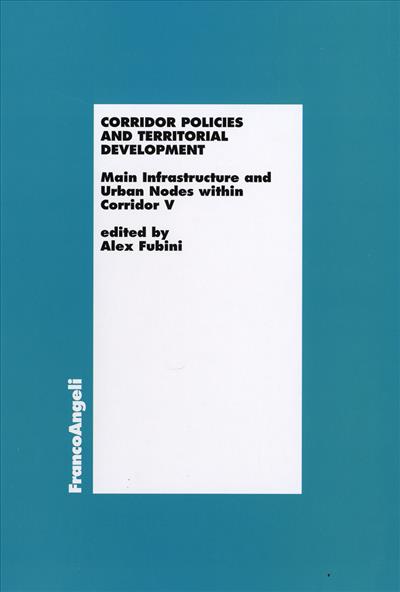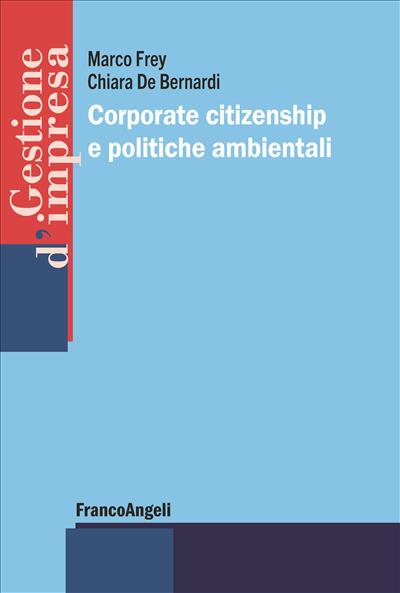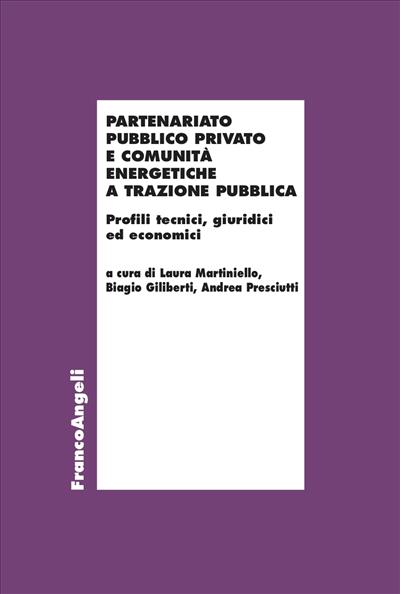
A cura di: Alex Fubini
Corridor Policies and Territorial Development
Main Infrastructure and Urban Nodes within Corridor V
Il frutto di una ricerca che ha affrontato i temi del rapporto fra grandi opere e sviluppo territoriale nell’ambito di una concezione estensiva di Corridoio, che non si limiti a guardare alla sola infrastruttura, ma che consideri la più estesa e articolata offerta che i territori già oggi sono in grado di produrre e che non sempre sono in grado di fare interagire con le politiche infrastrutturali e gli investimenti di settore.
Pagine: 296
ISBN: 9788846472700
Edizione: 1a edizione 2008
Codice editore: 380.302
Disponibilità: Discreta




